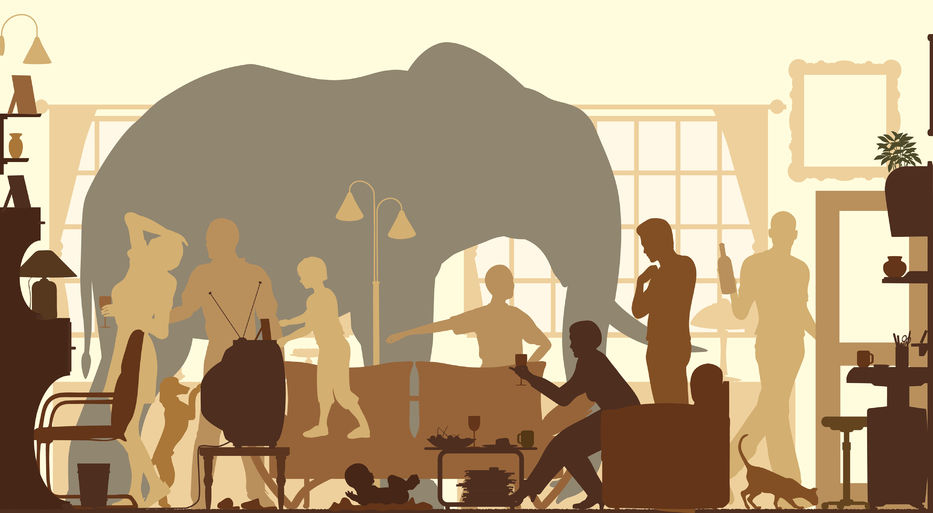If your senior living community doesn’t change, you won’t have a differentiator or anything that makes you stand apart. If you don’t keep pace, you might be someone’s last choice, instead of their first.
By Lori Alford, COO of Avanti Senior Living
When we look at the audience for today’s senior housing model – designed for generations of modest people who lived through the Great Depression, fought long and hard for our country’s freedom and rallied for political equality within our country; a generation who got through life without technology and still accomplished many historical achievements, like landing on the moon – and then we look at the Baby Boomer generation – those who lived in an era of working hard and playing hard, a generation that experimented to experience and also rallied for equality – we can see there are major philosophical differences and minor similarities in how these generations think and operate. There are vast contrasts in what they like to do, what they expect out of life, what services they demand, and the way they think and indulge.
Be Proactive, Not Reactive
While communities catering to the Great Depression generation have a model that has been successful for quite some time, a dynamic change is coming – one that will require our industry to evolve once the generations are at a crossroads. The generations have changed, because the world itself has changed. People are living longer, there are more luxuries available, the hospitality industry has grown and technology is a considerable proponent for changes in the industry and life itself. If we as an industry are proactive instead of reactive, we can prepare for those changes now and embrace the future generation of seniors entering retirement in the coming five to ten years.
People are naturally resistant to change, especially knowing that a major shift in an industry is a long process and certain to incur additional costs. The tendency is to do what has always been done, especially if it has been successful. However, senior living communities are a consumer-related choice. People look for communities that will provide the best fit for their needs. We see the fashion industry, or companies such as Nike or Proctor & Gamble, altering their products or designs to keep pace with the changing preferences of their consumers. It’s a new generation and we cannot keep the status quo. The Baby Boomers experience was all about Rock and Roll, celebrating life, experiencing new things, and indulging in pleasures. Making a transition and changing the way we meet these new seniors’ needs is the elephant in the room of senior living right now. How do we prepare for this change? When do we start preparing? The answer is now.
Questions to ask yourself:
- How old is my policy and procedure manual?
- When is the last time I looked at every department from A to Z to see how things are done? To see if it could be done better?
- How can I cater to this new generation of retiring seniors?
- What does this generation like? What are they used to?
- What would I like to see in a community if there was no age limit and I was moving in next year – or even tomorrow?
Embrace Change
Having been in the business for more than 20 years, I can tell you it is different now than it was when I first got started. Witnessing these changes is what has made me stop to ask, “Why do we do it this way? Why don’t we do it that way?” No change is too small if it means greater customer satisfaction, and that does not necessarily mean spending more money. For example, at one point my team and I evaluated our laundry service. We decided to make it better and it did not cost any more to do the laundry. We simply changed the way we were delivering the laundry to better meet the needs of our residents. Instead of dropping off laundry in bags outside of residents’ doors, we decided to deliver it the way a hotel would bring you fresh towels or as a home dry cleaning service. Beyond asking yourself these questions and evaluating your processes and programs, ask young seniors directly what they would want. Ask your friend’s grandparents, ask young seniors you meet in public, and ask your family. This will give you a better perspective on what this next generation wants and expects.
As I have asked seniors what they want and done research to figure out how they think and what they value, I’ve learned that they want to do stimulating things, such as participate in a real book club that you or I would attend, try out an art class led by a true artist in a studio and not an arts and crafts room, attend educational seminars and be stimulated by culture, and have a variety of things to choose to participate in every day and not just one activity per hour. For a long time it has been about bringing the outside into the community so residents didn’t have to leave. The future generation doesn’t want that though; in fact, that’s what they are afraid of. They want a lifestyle full of choices and opportunities to leave the campus. They want to feel engaged, cultured and full of life experiences.
As we develop new communities, we should also take a fresh look at the architecture and interior design. Visit contemporary hotels, resorts, and restaurants. Study Pinterest and Houzz.com to see what’s new and popular, because that’s what our prospects are looking at every day. Processes, programs and amenities are only one part of what we can change or make better.
If your senior living community doesn’t change, you won’t have a differentiator or anything that makes you stand apart. If you don’t keep pace, you might be someone’s last choice, instead of their first. Acknowledge the elephant in the room. And do it now.








